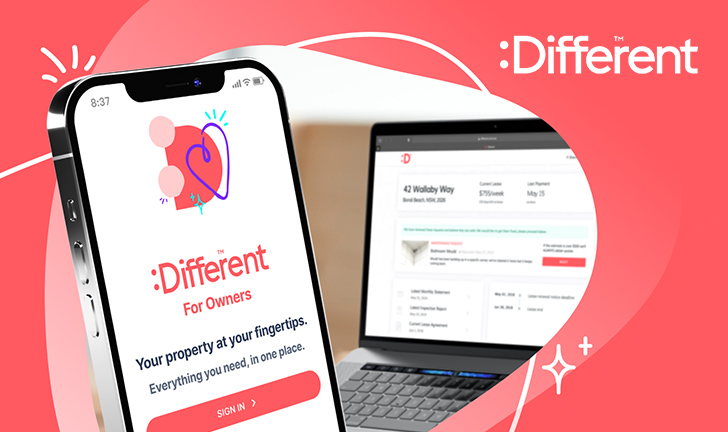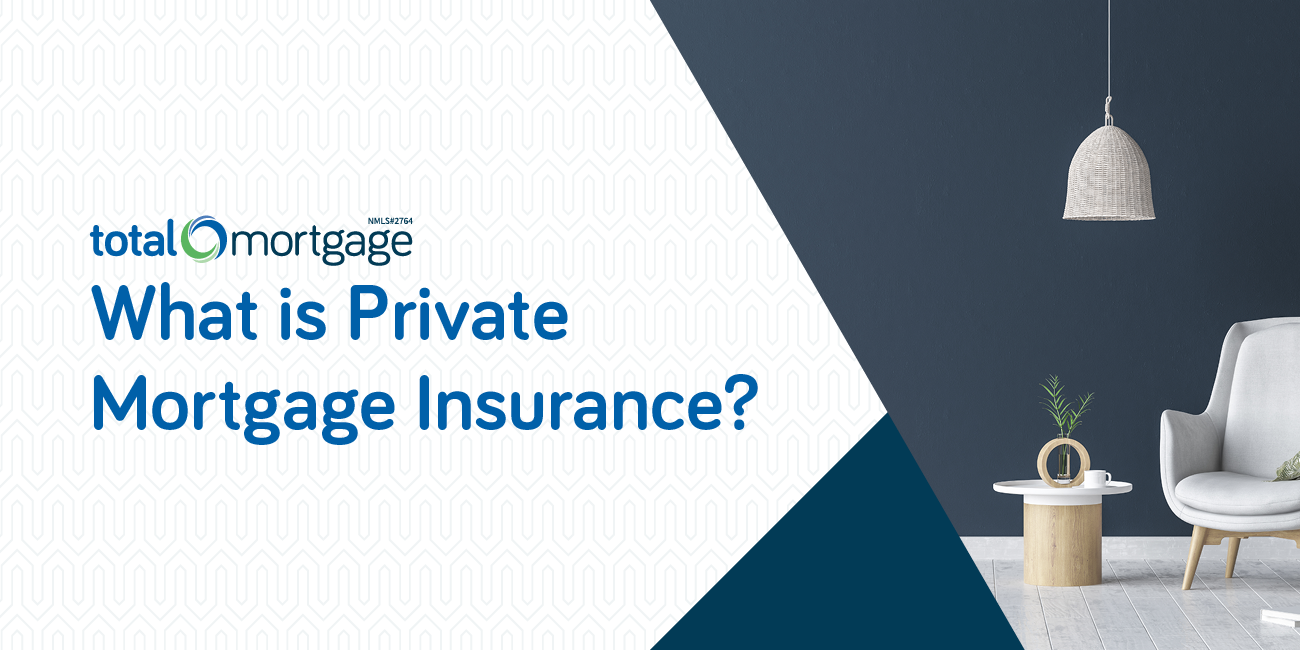
Before using an RDS calculator, you should be aware of several factors. First, be aware of how much interest will be charged on your loan. This will equal the total overpayment. The second step is to calculate how much monthly payments you can afford. You also need to enter some basic information about your loan, such as the monthly payment and the total amount that you wish to borrow.
Fees related to a USDA Home Loan
Fees associated with a USDA home loan vary widely depending on the lender and loan type. For example, you may have to pay 1 percent of the total loan amount up front, but you can finance this amount into your loan. You may also be required to pay prorated property taxes and homeowners insurance for the first year.

USDA home loans usually have lower fees than FHA and VA loans. They are financed and usually cost just a few dollars a month, depending upon the interest rate.
Rates of interest
A RD Loan Calculator is a helpful tool to determine the interest rate that you will pay on a loan. It displays the savings you can make by paying a specific interest rate. Interest rates are typically fixed for the term of the loan and are usually compounded quarterly.
Property taxes
Property taxes are an important cost when you own a home. They are collected annually and vary by state, county, and municipality. They represent a substantial portion of your mortgage repayment and can change due the new legislation. In some states, property taxes are set at a higher rate than in others.
Divide the cost of the house that you want to buy by 12 months. This will calculate the annual amount. This amount is then added to your monthly mortgage payment. You should also consider homeowners insurance. You may need separate insurance depending on your location. These policies can cover financial losses due to various types of disasters. A second policy might be necessary for flooding or hurricanes. You may need to have a third policy if you live in an area that is susceptible to earthquakes.

Insurance for homeowners
When applying for a home loan, you'll need to consider several factors. These include the cost and amount of your homeowners insurance. These factors can impact the loan's cost, and they can vary from state to state. Property taxes, for example, can change based on changes in legislation. Because it contributes a large amount to your mortgage payment, homeowner's coverage is also important.
FAQ
What are the pros and cons of a fixed-rate loan?
Fixed-rate mortgages guarantee that the interest rate will remain the same for the duration of the loan. This guarantees that your interest rate will not rise. Fixed-rate loans have lower monthly payments, because they are locked in for a specific term.
Can I get another mortgage?
Yes. However, it's best to speak with a professional before you decide whether to apply for one. A second mortgage is often used to consolidate existing loans or to finance home improvement projects.
How many times can my mortgage be refinanced?
This is dependent on whether the mortgage broker or another lender you use to refinance. In either case, you can usually refinance once every five years.
Statistics
- 10 years ago, homeownership was nearly 70%. (fortunebuilders.com)
- Private mortgage insurance may be required for conventional loans when the borrower puts less than 20% down.4 FHA loans are mortgage loans issued by private lenders and backed by the federal government. (investopedia.com)
- It's possible to get approved for an FHA loan with a credit score as low as 580 and a down payment of 3.5% or a credit score as low as 500 and a 10% down payment.5 Specialty mortgage loans are loans that don't fit into the conventional or FHA loan categories. (investopedia.com)
- This means that all of your housing-related expenses each month do not exceed 43% of your monthly income. (fortunebuilders.com)
- This seems to be a more popular trend as the U.S. Census Bureau reports the homeownership rate was around 65% last year. (fortunebuilders.com)
External Links
How To
How to Find an Apartment
Moving to a new place is only the beginning. This takes planning and research. It includes finding the right neighborhood, researching neighborhoods, reading reviews, and making phone calls. You have many options. Some are more difficult than others. Before renting an apartment, it is important to consider the following.
-
Online and offline data are both required for researching neighborhoods. Online resources include Yelp and Zillow as well as Trulia and Realtor.com. Local newspapers, real estate agents and landlords are all offline sources.
-
Read reviews of the area you want to live in. Review sites like Yelp, TripAdvisor, and Amazon have detailed reviews of apartments and houses. You can also check out the local library and read articles in local newspapers.
-
Call the local residents to find out more about the area. Talk to those who have lived there. Ask them about what they liked or didn't like about the area. Ask if they have any suggestions for great places to live.
-
Be aware of the rent rates in the areas where you are most interested. Consider renting somewhere that is less expensive if food is your main concern. On the other hand, if you plan on spending a lot of money on entertainment, consider living in a more expensive location.
-
Find out all you need to know about the apartment complex where you want to live. How big is the apartment complex? What price is it? Is it pet friendly What amenities does it have? Are you able to park in the vicinity? Do tenants have to follow any rules?